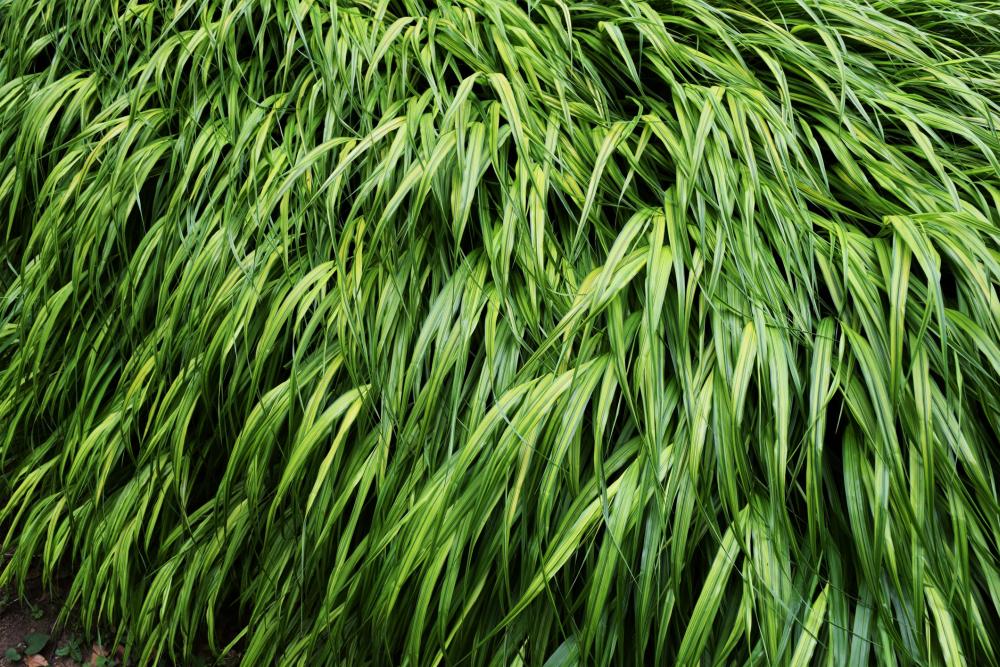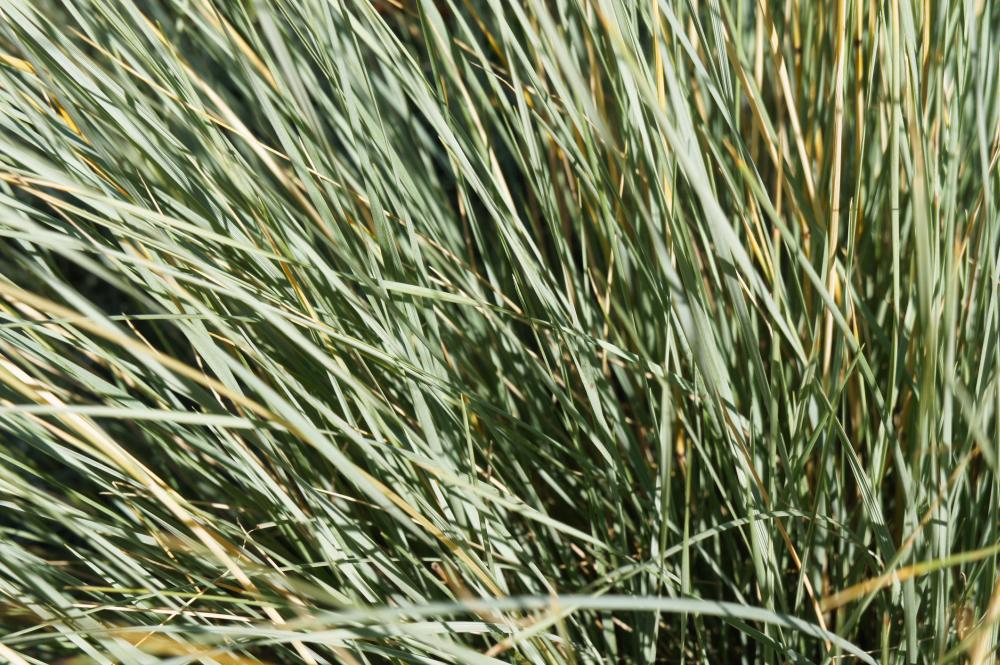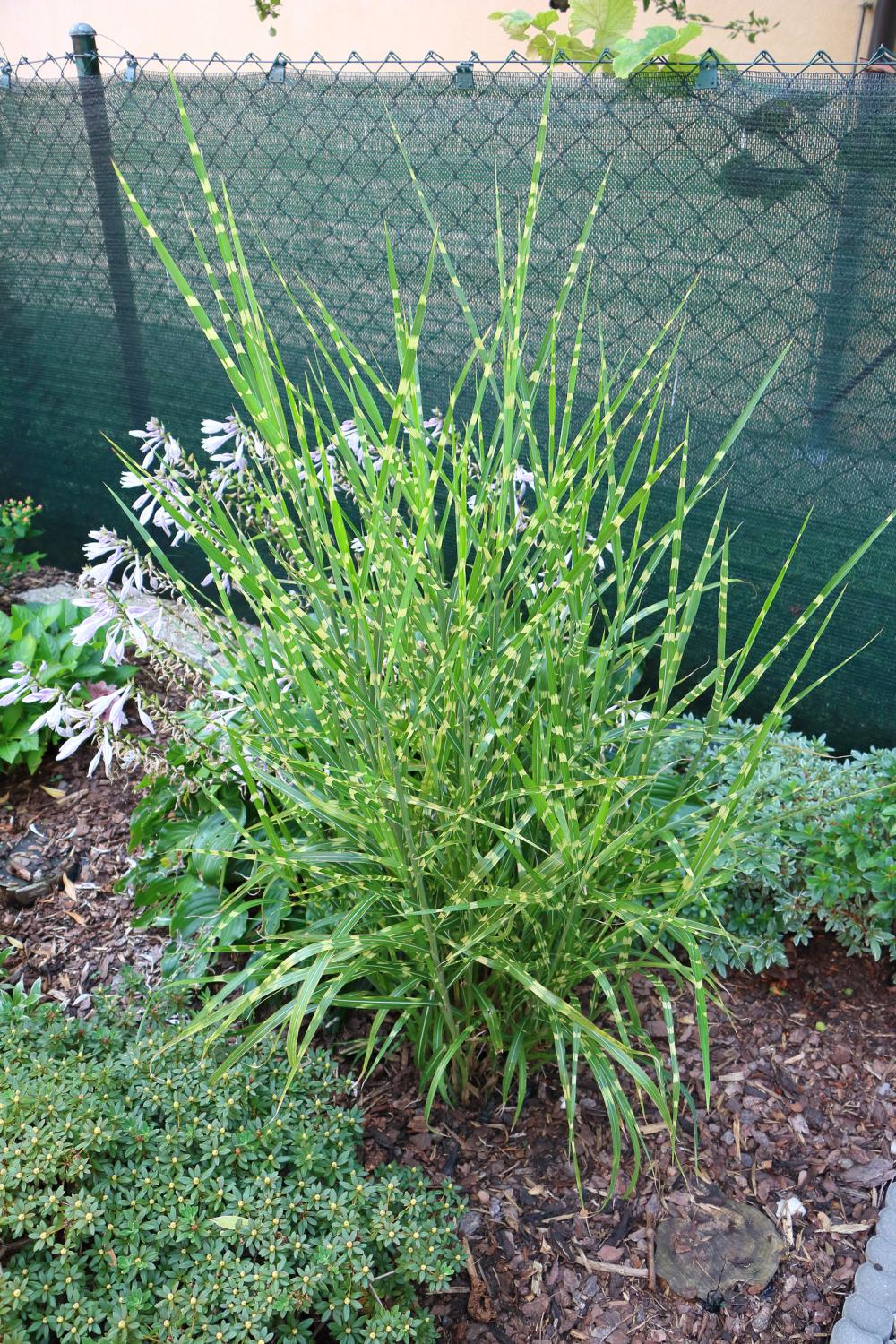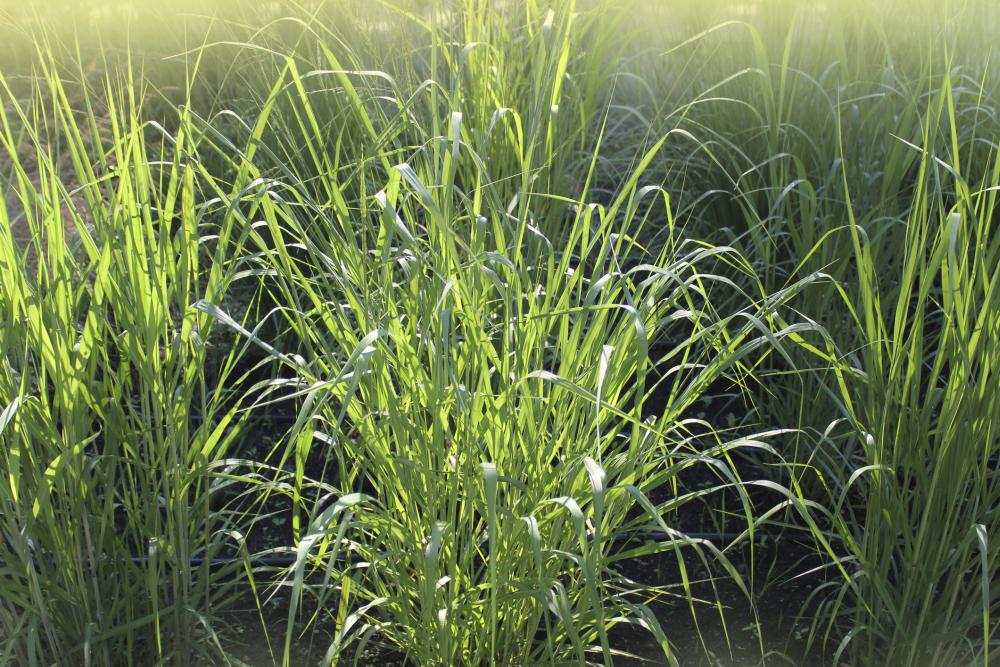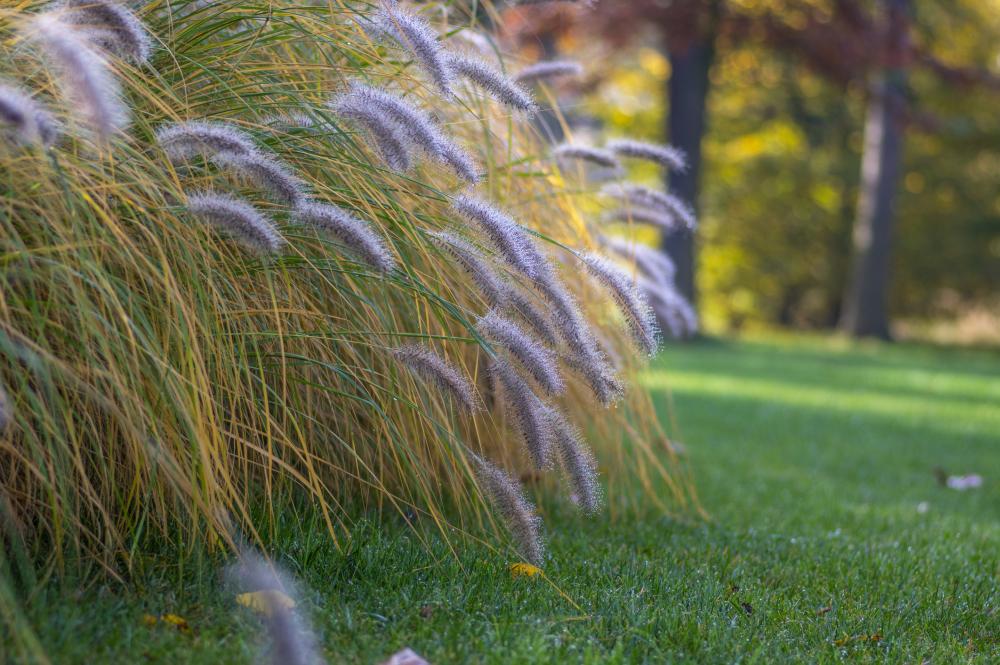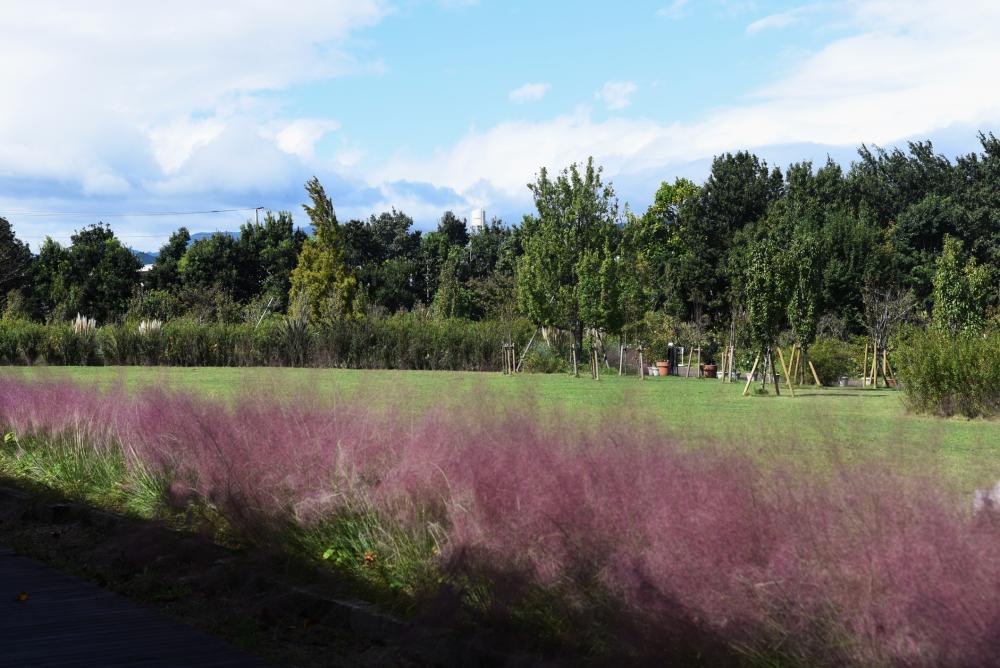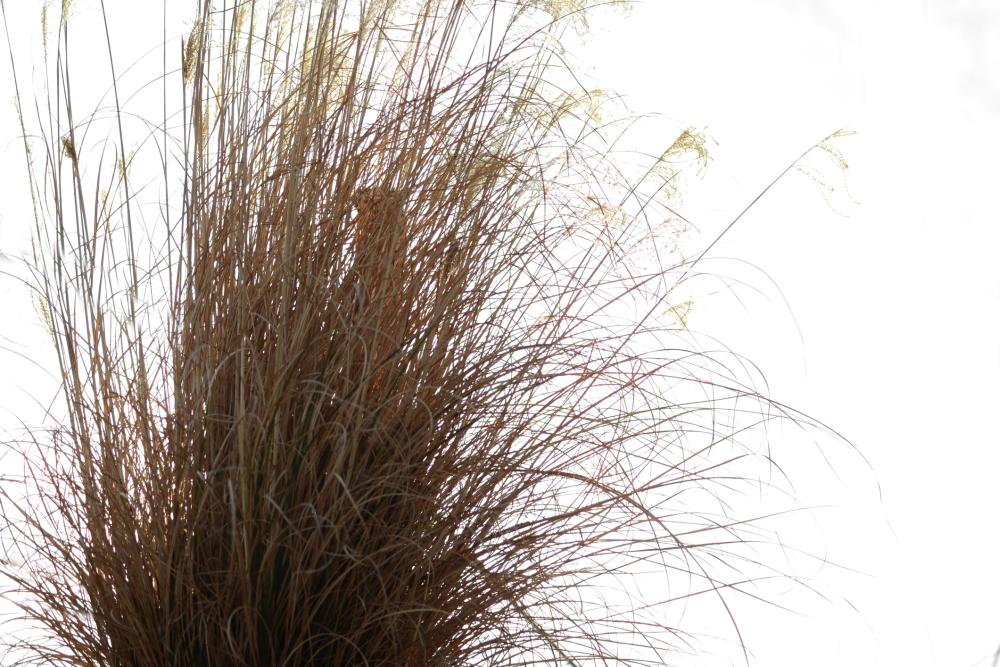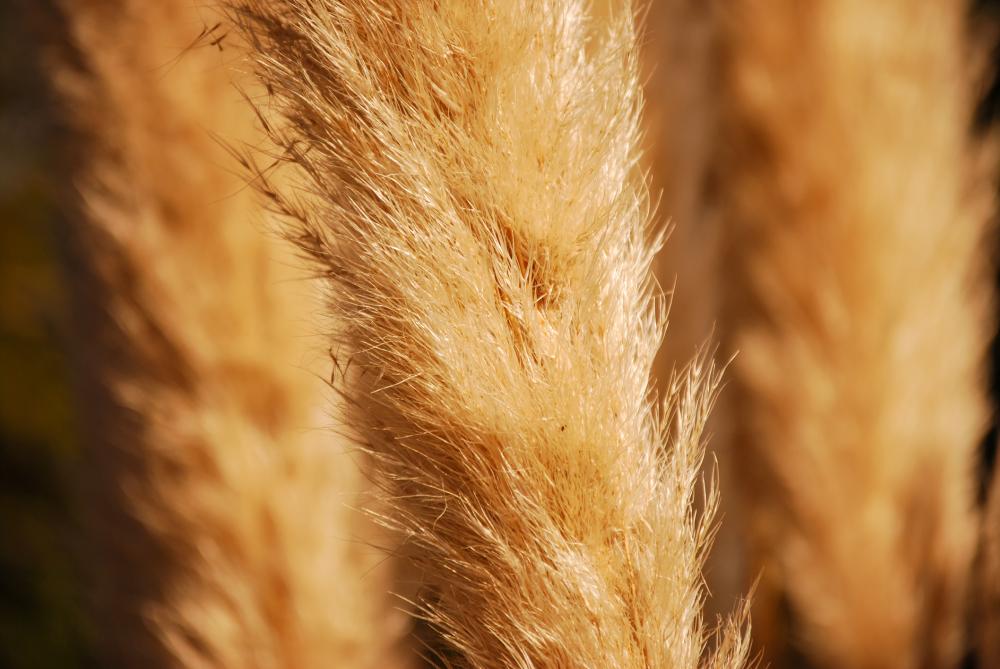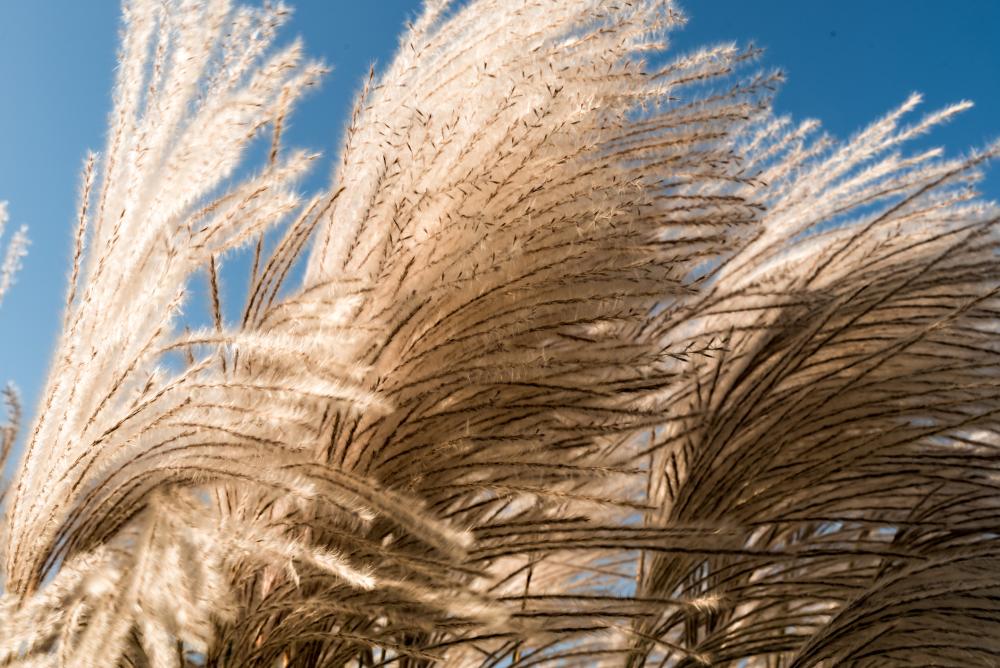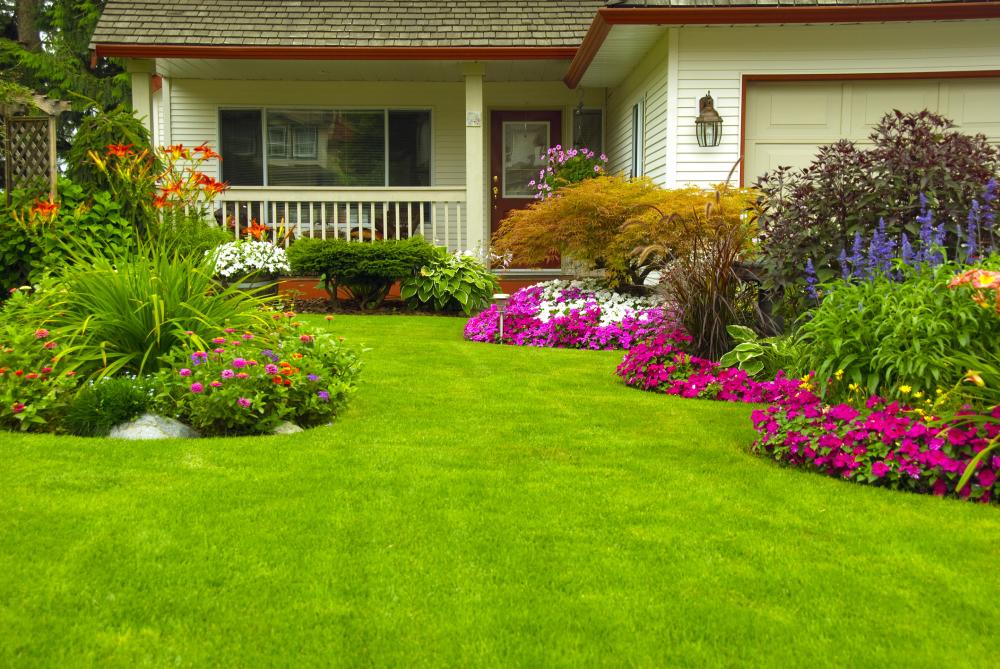10 Best Ornamental Grasses for Adding Privacy to Your Garden
Identifying ornamental grasses from normal ones isn’t a hard task because they tend to have interesting seed heads and exaggerated stems. Gardeners or homeowners who want to add privacy to their garden without incurring the costs of building structures to block their neighbor’s courtyard should probably think of planting ornamental grasses.
These grasses naturally grow very fast and reach 4 to 8 inches per year meaning it takes them just two seasons of the year to mature. Nevertheless, their growth is also dependent on the soil properties and the type of ornamental grass used. Most ornamental grasses grow well in well-drained soils and so it’s best to plant them in gardens with raised beds.
More About Ornamental Grasses
Ornamental grasses also love and appreciate the sun for survival and this makes them drought-resistant grasses. Some ornamental grasses also thrive well in minimal shades and still love the sun for survival.
What makes them ideal for privacy is because they grow quite fast to attain great heights to fill gaps that are meant to achieve privacy in your home. There are two types of perennial ornamental grasses as classified by USDA Hardiness Zones.
The first type is the cool season that grows in cool temperatures during spring but if they are given enough water even during the dry season then there is a probability of them not going dormant. They tend to sprout immediately after summer and most of the prettiest ornamental grasses are the cool-season types.
Examples of cool-season grasses include; Fescues, Blue Oat Grass (Helictotrichon), Tufted Hair Grass (Deschampsia), and Autumn Moor Grass (Sesleria).
The second type is the warm season that grows in warm temperatures during summer and will also thrive well even with limited moisture. They are slow to sprout in the spring season, seem to die off in the winter, and later come to bloom in the summer where they thrive best.
Most of the ornamental grasses are warm-season varieties. Examples of warm-season grasses are northern Sea Oats (Chasmanthium), Japanese Silver Grass (Miscanthus sp.), Hardy Pampas Grass (Erianthus), Perennial Fountain Grass (Pennisetum), SwitchGrass (Panicum), and Prairie CordGrass (Spartina).
10 Best Ornamental Grasses for Adding Privacy
Ornamental grasses grow and thrive under varying conditions. They tolerate a wide range of conditions from direct sunlight, while some tolerate a little shade on them. fertile, Moist, and well-drained soils are where this grass will grow.
They do not need mulch or fertilizer on them as the soils are fertile enough for their growth. The following are ornamental grasses that will add privacy and beauty to your garden with minimal effort. So, what are the basic steps to work with when choosing ornamental grass?
First, it’s important to decide your purpose for planting ornamental grass in your landscape. If you’re looking to grow the grass for its height, then there are lots of options to pick from. Some ornamental grasses grow up to 12 feet tall making them perfect for your needs.
They are tall enough to give maximum height to your garden. Miscanthus (Miscanthus x giganteus) is a perfect example. You might also want to put the season as your first priority if you’re want to have your grass completely grown and standing out during the winter season.
The best grasses for this are Indiangrass (Sorghastrum nutans) and switchgrass (Panicum) There are growers who want to grow it as a specimen grass in the garden for exhibition reasons. Some gardeners like to plant ornamental grass as exhibition pieces by isolating them from other plants. Fountain Grass( Pennisetum alopecuroides) is an example.
1. Hardy Clumping Bamboo (Bambusoideae)
Naturally, bamboo is a long grass that could largely spread out in your garden and exceed the expected territories. So, it’s an invader if left to elongate freely. However, you can control this by growing the clumping bamboo type whose rhizomes and stems are quite different from the normal bamboo.
These clumping bamboos grow and spread out in u-shaped patterns by two inches per year. Normally, they are 8 to 25 feet tall. Clumping bamboo has a landscape value since they have low maintenance costs compared to normal bamboo.
Fargesia genus is a slow grower and provides an excellent view to the garden whereas the larger species Fargesia robusta offers very dense privacy of between 15 to 17 feet and falls under the category of the coldest hardy bamboo.
It is also worth noting that it’s somewhat hard to eradicate bamboo once it is planted. Watering this clumping bamboo is equally important to keep it moist and healthy, no fertilizer input is required. While this grass type can tolerate a significant amount of sun, try to give give it some partial shade, especially during the afternoon hours.
- Soil requirements – Fertile, moist, well-draining soil
- Sun preference – Full sun with partial shading
- USDA Growing Zones – 5 to 9
2. Pampas Grass (Cortaderia selloana)
Cortaderia selloana is the larger variety of pampas grass that grows up to 8 to 12 feet tall, 6 to 10 feet wide. This grass produces tall, slim blades that go up to a meter long. It grows so well with sun exposure making it a drought-tolerant grass and will occasionally need watering especially during the extremely hot summers.
Pampas grass is tolerant to a wide range of soils, even the poor soils, is excellent with coastal and sandy conditions, and is highly drought tolerant. It can also be used as a perfect specimen of ornamental grass. Beware that this grass has very sharp slim shades.
Apart from privacy, most homeowners prefer growing the pampas grass for its stellar capacity to act as a landscaping plant. You can propagate it through division during the spring season. With potent tolerance to drought, the grass comes with minimal maintenance and is notably a fast grower.
- Soil requirements – Fertile, moist, well-draining soil
- Sun preference – Full sun
- USDA Growing Zones – 8 to 10
3. Feather Reed Grass (Calamagrostis x acutiflora)
The Feather Reed is a grass of crosses between two species of Europe and Asia With slim leaves of 18 to 36 inches tall. Its stems grow to about 5 feet tall and 2-foot wide, and will mostly grow and thrive in summer.
This variety requires some little shade and constant watering when necessary. Feather reed grass grows rapidly in well-drained, fertile soils that do not dry out but will tolerate heavy clay to poor soil and dry to wet sites. It also attracts birds a lot because of its purplish attractive feathers.
To make the foliage grow further and keep the overall appearance intact, you want to prune it back in the spring season. What makes this grass remain in demand is its ornamental value and remarkable resistance against pests and diseases.
During the spring season, you can add some soluble plant food to make the foliage look a little more appealing.
- Soil requirements – Tolerates heavy clay, fertile,well-draining soil
- Sun preference – Full sun
- USDA Growing Zones – 5 to 9
4. Big Bluestem (Andropogon gerardii)
If you’re looking to own a perennial grass type that grows in a bushy pattern, then you want to consider growing the Big Bluestem. It thrives best during a warm season.
This native ornamental masterpiece grows up to 6 feet high and 2 to 3 feet wide. And that makes it perfect for garden privacy. This beautiful grass has over the years been used by ecologists to nest birds or mammals, and for restoring land.
It does well when planted along garden borders, which could help control soil erosion during the rainy seasons. This variety tends to attract birds too because of its orange color.
Its seedheads usually come out in three branches that resemble a turkey foot, making the plant ideal for adding privacy as it spans wider than most other grasses.
- Soil requirements – Tolerates all soil types, fertile,well-draining soil
- Sun preference – Full sun
- USDA Growing Zones – 4 to 9
5. Pink Hair Grass (Muhlenbergia capillaris)
The Pink hair grass is yet another beautiful variety that grows with minimal effort and maintenance. It has delicate pink feathers that stand above its green foliage. This grass variety grows up to 3 to 4 feet and 3 feet wide.
These ratios make it perfect for it to create a good sitting area. Pink hair grass thrives in clay or thin rocky soils and also helps control soil erosion along garden borders.
Muhly grass is also heat, humidity, drought, and poor soil tolerant. Its needle-like olive-green blades give the grass a tasteful appearance and make the foliage look denser. Maintaining this ornamental grass is pretty simple.
All you need is to get the soil, watering, and light requirements right. While it can tolerate temporary flooding, the grass prefers soil with enough capacity to drain excess moisture. Most of all, growing this type in your garden could significantly help control soil erosion.
- Soil requirements – Clay or thin rocky,well-draining soil
- Sun exposure – Full sun
- USDA Growing Zones – 5 to 9
6. Fountain Grass (Pennisetum alopecuroides)
This variety thrives in full sun although it may need some shade. Fountain grass makes a very beautiful landscape with its flowery spikes. It grows up to 3 to 5 feet high and wide making it excellent for creating privacy and for controlling soil erosion at the garden borders and slopes.
It also tolerates moist and well-drained soils. Incorporating fertilizer with this variety is not necessary, make sure to water it every week.
- Soil requirements – Moist, well-draining soil
- Sun exposure – Full sun with partial shade
- USDA Growing Zones – 6 to 9
7. Switchgrass (Panicum virgatum)
The Switchgrass is a warm-season variety in native North America. It grows 3 to 6 feet tall and 2 to 3 feet wide. Its flowers could also grow up to 7 feet tall. It forms clumpy foliage that spreads out through its rhizomes.
Its leaves also turn red and this is what makes it a perfect garden sitting area. It tolerates moist clay or sandy soils, no fertilizer is required. Switchgrass prefers full sun, though a little shade may be necessary.
During winter, the switchgrass seeds act as good food sources for birds and small mammals.
- Soil requirements – Moist clay or sandy soil
- Sun preference – Full sun with partial shade
- USDA Growing Zones – 5 to 9
8. Zebra Grass (Miscanthus Sinensis ‘Zebrinus’)
This particular variety has a multicolored color pattern foliage. It has bright yellow patterns on the leaves and this makes it stand out in the garden.
The plant foliage has an amazing display that makes it perfect for adding privacy to your landscape. It grows up to 5 to 8 feet high with a 4 to 6 feet wide. Normally, it requires a wide area for it to spread its foliage.
- Soil requirements – Moist,well-draining soil
- Sun preference – Full sun
- USDA Growing Zones – 5 to 9
9. Blue Oat Grass (Helictotrichon sempervirens)
Blue oat is a cool-season grass with little effort and maintenance. It grows with blue foliage that spreads out in a very tidy composed manner. It is a drought-tolerant plant that thrives well with full sun and well-drained soils. Blue Oat can grow up to 2 to 4 feet high with a 2-6 feet wide.
- Soil requirements – Well-draining soil with the capacity to hold some moisture
- Sun preference – Full sun
- USDA Growing Zones – 5 to 9
10. Japanese Forest Grass (Hakonechloa macra)
This is a very attractive grass with a mix of green and gold stripes on its foliage.it resembles the bamboo grass that spreads out by its rhizomes. It thrives well in moist, fertile, well-drained soils. It grows poorly in heavy clay or very dry soils. It tolerates the full sun and partial shade, especially in the very hot summers. It can grow up to 1-3 feet tall with 1 -2 feet wide. When shielded from full sun, it gives the best color intensity that beautifies and adds privacy to the garden.
- Soil requirements – Fertile, moist, well-draining soils
- Sun preference – Full sun with partial shade
- USDA Growing Zones – 4 to 9
